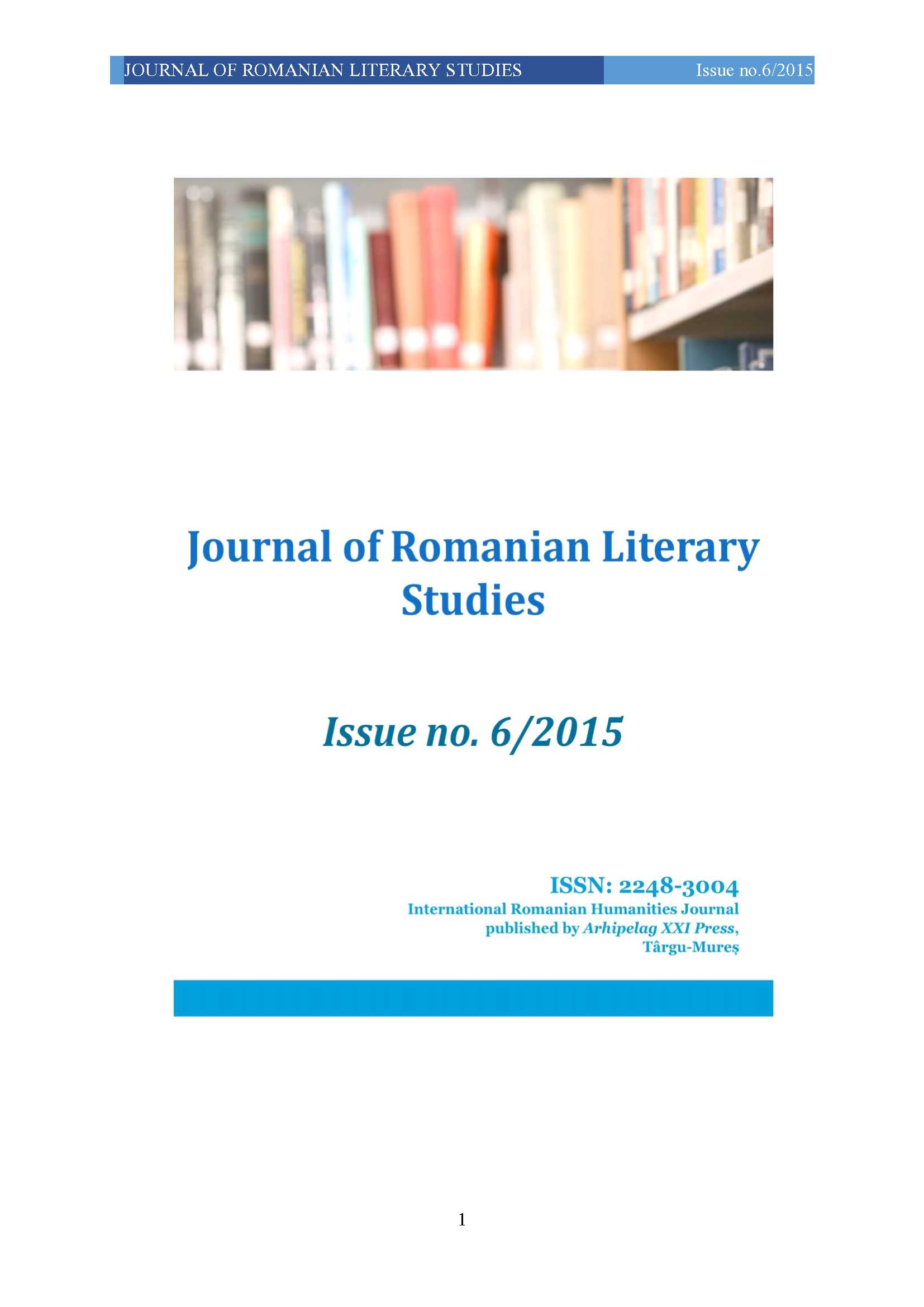ARCHETYPAL MISSIONS
ARCHETYPAL MISSIONS
Author(s): Otilia SîrbuSubject(s): Language and Literature Studies, Literary Texts
Published by: Editura Arhipelag XXI
Keywords: myth; religion; symbolic; archetypes
Summary/Abstract: The word archetype is from the Greek arkhetupon, first mould or model, in the meaning of being the initial version of something later multiplied. It is made up of arkhos, meaning chief or ruler (used also in e.g. archbishop and monarch), and tupos, meaning mould, model or type. The archetype has been used to describe original or ideal model phenomena and characters, such as easily recognizable type-roles in drama - like the evil stepmother, the miser, the brave hero. In the case of drama and literature, such archetypes are usually traceable back to myth and fable. Jung's use of the term archetype is similar at first glance. He repeatedly refers to such fictional type-roles as archetypes, the hero being the one most frequently used. But to Jung they are far more than recognizable characters - in fact, they are not at all characters, essentially, but symbolic keys to truths about the human condition and to the path of personal enlightenment. The Jungian archetypes can reveal the workings of the world, as to how it affects the human psyche, and what man should do to accomplish something or for that matter ward something off. They are learning tools, lessons from primordial time, answers included. And they do more than that: Archetypes create myths, religions, and philosophical ideas that influence and set their stamp on whole nations and epochs.
Journal: Journal of Romanian Literary Studies
- Issue Year: 2015
- Issue No: 06
- Page Range: 201-206
- Page Count: 6
- Language: Romanian

